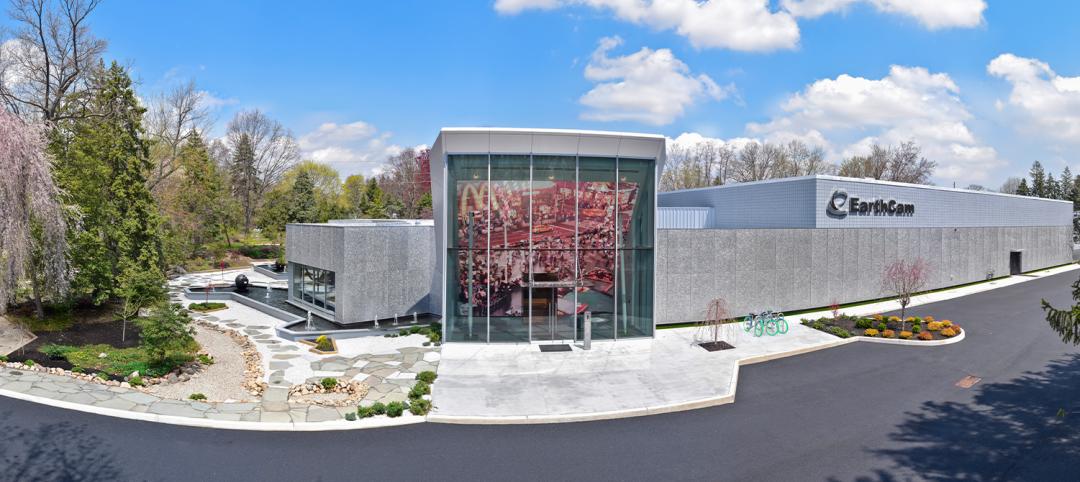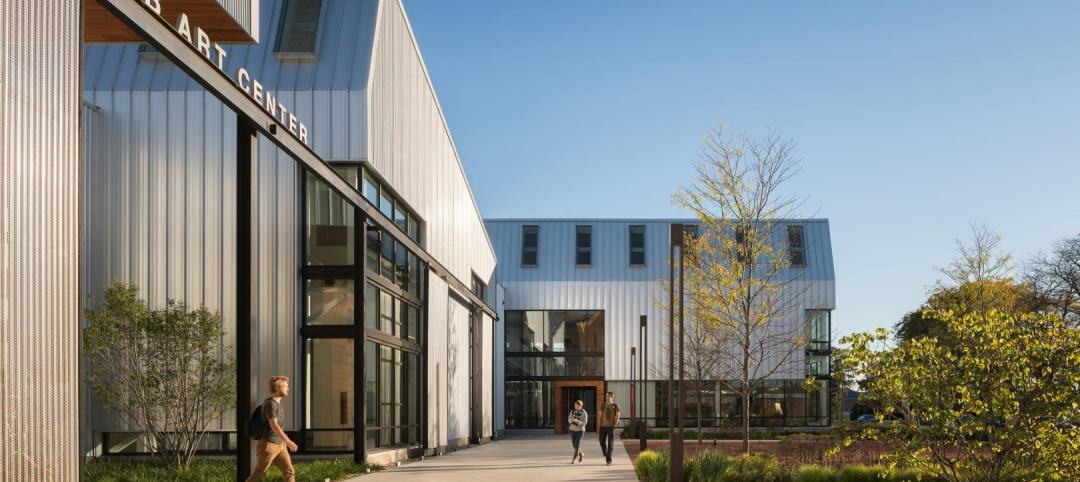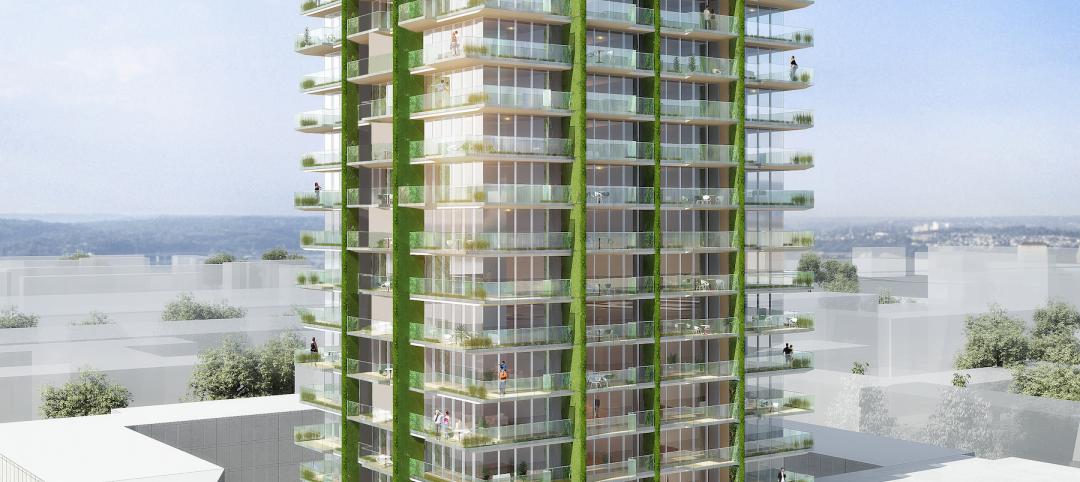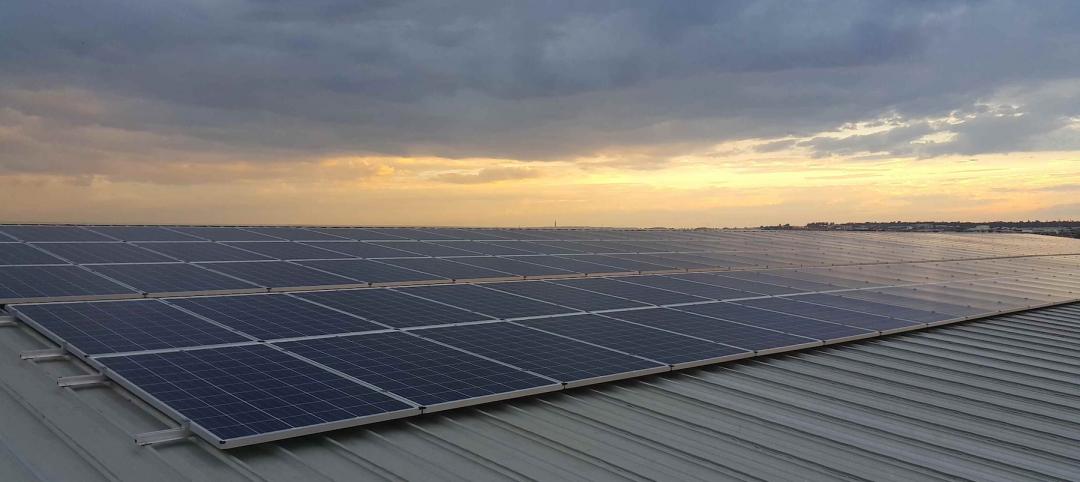Employees of the construction industry ranked second for drinking heavily, and fifth for drug abuse, says a new study by the Substance Abuse and Mental Health Services Administration.
On The Washington Post’s Wonkblog, drug policy reporter Christopher Ingraham writes that drug abuse, including alcohol consumption, costs the U.S. economy billions of dollars in lost productivity annually.
Data show that among the industries with the heaviest drinkers, miners topped the list, with 18% of miners reported “drinking five or more drinks on the same occasion (i.e., at the same time or within a couple of hours of each other) on five or more days in the past 30 days.” Construction workers followed closely at 17%.
Ingraham writes that variation among drug abuse and alcohol consumption across industries does not necessarily have a direct influence with the nature of work. Instead, it has more to do with the types of people who work in them.
“For instance, we know that men drink and do drugs more heavily than women,” he writes. “The researchers write that one reason miners drink so much is that miners tend to be young and male. Construction workers, on the other hand, showed abnormally high heavy drinking rates even after controlling for age and gender.”
The graphs below, by The Substance Abuse and Mental Health Services Administration, show the percentage of drug and alcohol abuse by job.
Percentage of employees who drink heavily:
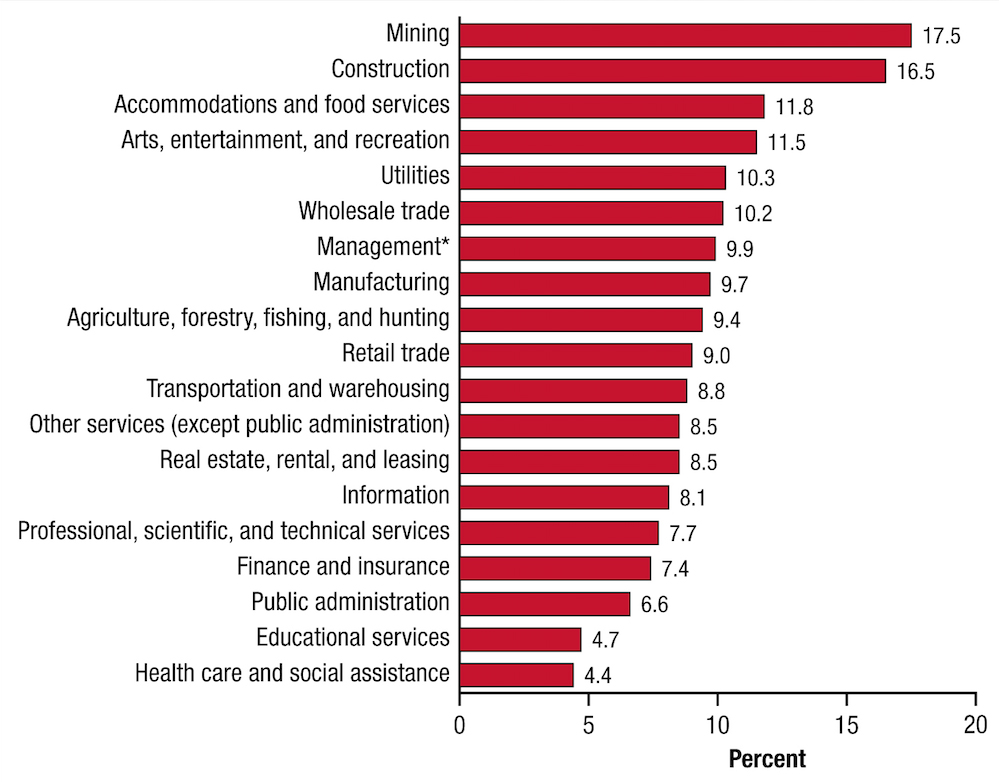
Percentage of employees who use illicit drugs:
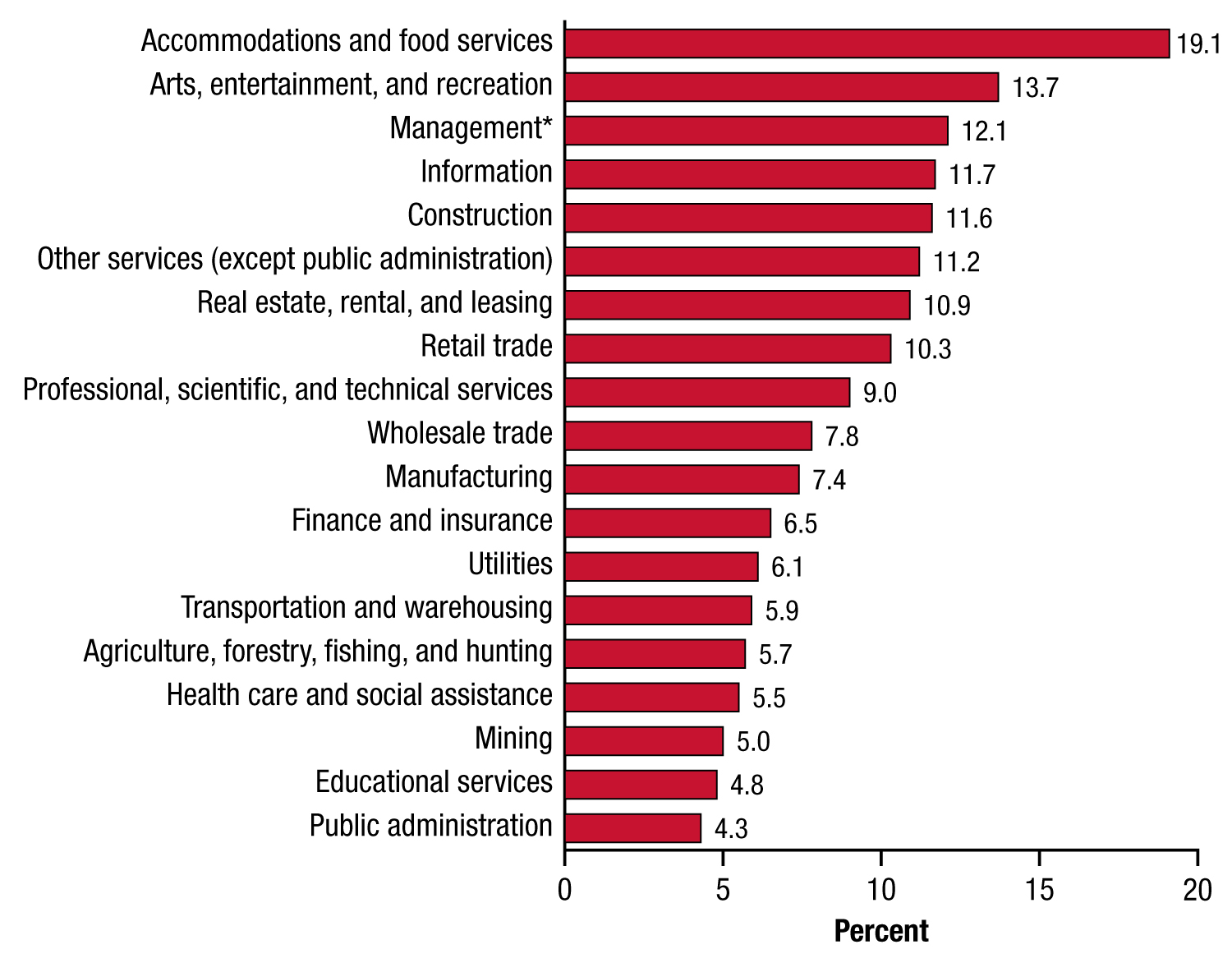
Read more on the latest report on the Substance Abuse and Mental Health Services Administration website.
Related Stories
Building Team | Apr 22, 2022
EarthCam Adds Senior Leadership Roles to Facilitate Rapid Growth
EarthCam today announced several new leadership positions as it scales up to accommodate increasing demand for its webcam technology and services.
Architects | Apr 22, 2022
Top 10 green building projects for 2022
The American Institute of Architects' Committee on the Environment (COTE) has announced its COTE Top Ten Awards for significant achievements in advancing climate action.
Mixed-Use | Apr 22, 2022
San Francisco replaces a waterfront parking lot with a new neighborhood
A parking lot on San Francisco’s waterfront is transforming into Mission Rock—a new neighborhood featuring rental units, offices, parks, open spaces, retail, and parking.
Legislation | Apr 21, 2022
NIMBYism in the Sunbelt stymies new apartment development
Population growth in Sunbelt metro areas is driving demand for new apartment development, but resistance is growing against these projects.
Building Team | Apr 20, 2022
White House works with state, local governments to bolster building performance standards
The former head of the U.S. Green Building Council says the Biden Administration’s formation of the National Building Performance Standards Coalition is a “tremendous” step in the right direction to raise building performance standards in the U.S.
Market Data | Apr 20, 2022
Pace of demand for design services rapidly accelerates
Demand for design services in March expanded sharply from February according to a new report today from The American Institute of Architects (AIA).
Multifamily Housing | Apr 20, 2022
A Frankfurt tower gives residents greenery-framed views
In Frankfurt, Germany, the 27-floor EDEN tower boasts an exterior “living wall system”: 186,000 plants that cover about 20 percent of the building’s facade.
AEC Tech | Apr 19, 2022
VDC maturity and the key to driving better, more predictable outcomes
While more stakeholders across the AEC value chain embrace the concept of virtual design and construction, what is driving the vastly different results that organizations achieve? The answer lies within an assessment of VDC maturity.
Healthcare Facilities | Apr 19, 2022
6 trends to watch in healthcare design
As the healthcare landscape continues to evolve, IMEG’s healthcare leaders from across the country are seeing several emerging trends that are poised to have wide-ranging impacts on facility design and construction. Following are six of the trends and strategies they expect to become more commonplace in 2022 and the years to come.
Energy-Efficient Design | Apr 19, 2022
A prefab second skin can make old apartments net zero
A German startup is offering a new way for old buildings to potentially reach net-zero status: adding a prefabricated second skin.



